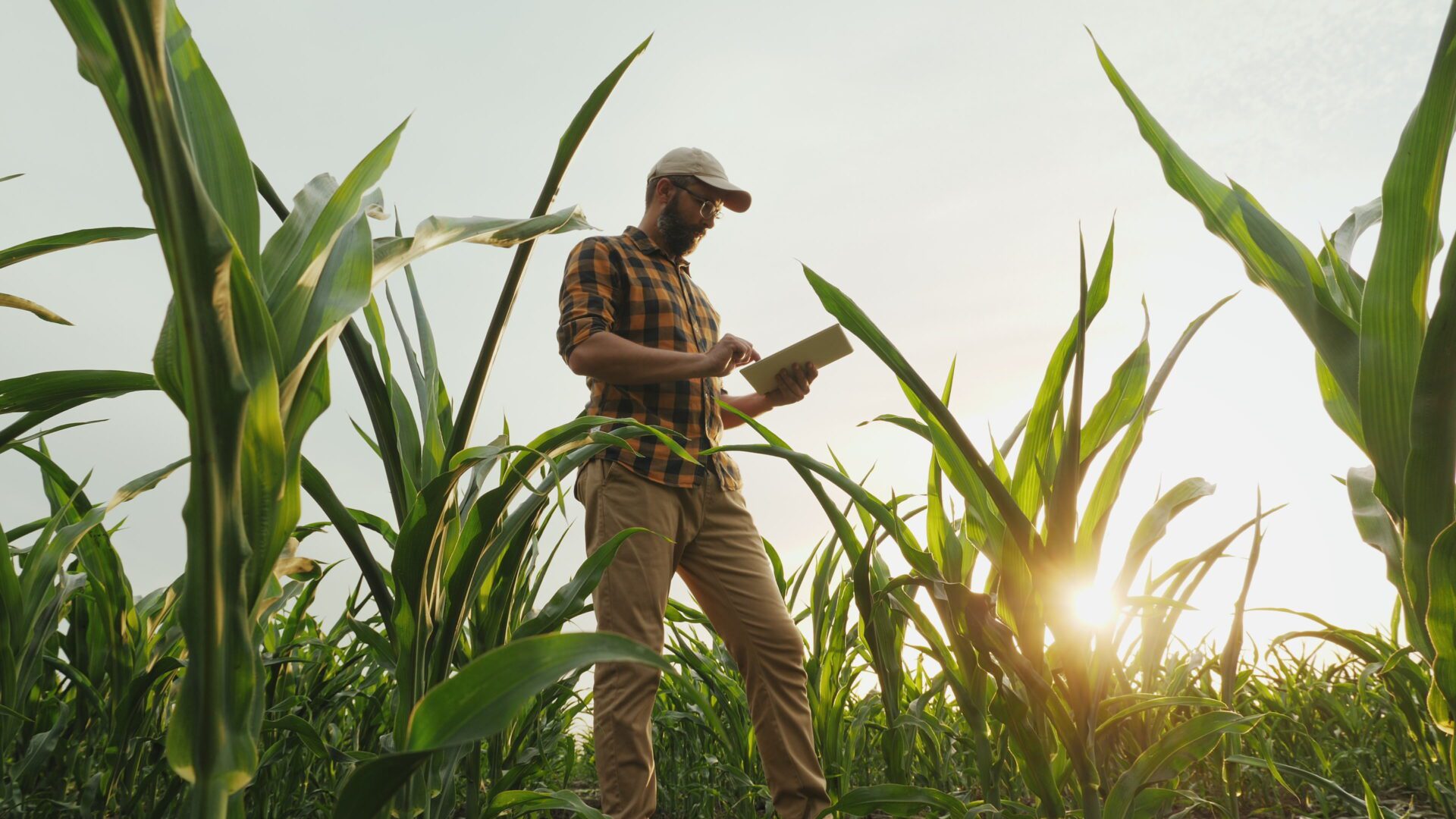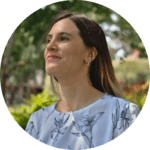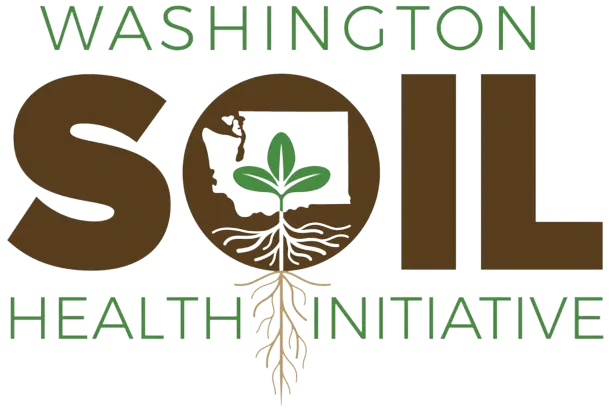
©
Introducing the new WaSHI Agronomist
Adam joins the Washington Soil Health Initiative to support growers in efficiently managing their fertilizer and irrigation. Adam’s efforts will help reduce nitrate leaching, improve growers’ cost savings, and reduce greenhouse gas emissions in Washington.
June 12, 2024
Author: Dani Gelardi
Adam Peterson joined the Washington State Department of Agriculture (WSDA) on June 1st to pioneer new projects for the Washington Soil Health Initiative. Funded by the Washington State Legislature, Adam’s role is geared towards reducing nitrate leaching in the Lower Yakima Valley, which has the co-benefits of increasing grower cost savings and reducing greenhouse gas emissions.

Adam is a Washington State University alumni, a former Thurston Conservation District scientist, and brings substantial expertise in nutrient management and grower outreach.
I asked Adam to tell us more about himself, and his big plans for Washington agriculture.
What inspired you to pursue a career in agronomy?
I grew up on a farm in the Chehalis Valley and I’ve always had a close connection to agriculture. I’ve also been very passionate about science and learning more about the world around me. Agronomy is where those factors all come together, and so I naturally gravitated in that direction. I kept asking questions and following my curiosity, and found myself in graduate school.
Ever since, I’ve worked in the agricultural field and have never lost my passion for agronomy. My past work has largely focused on translating research and science to on-the-ground recommendations, often working directly with producers.
Can you share a bit about your background and expertise in soil and crop management?
After researching alternative crops as part of my graduate research at WSU, I worked in the private sector with farmers across the western United States to grow quinoa. It was a unique experience, since many of these farmers were growing the crop for the first time and across very different growing regions.
By working closely with farmers, I was able to understand their concerns and needs, and the importance of providing guidance that’s appropriate and accessible. I also had the opportunity to see the same crop grown in vastly different growing regions, often thousands of miles apart. It was a fascinating look at how strongly the characteristics of a growing region can influence the growth of a crop and its management.
More recently, I worked at Thurston Conservation District where I ran their soil health program, authoring 200+ interpretive soil test reports a year. There, I faced the inverse situation; I worked with a much broader range of crops in the same location. I was able to provide nutrient management guidance for crops I’d been previously unfamiliar with, often while providing other forms of technical assistance as part of the whole-farm planning services that CDs provide. I couldn’t imagine a better learning experience. I’m really grateful to have had that opportunity and to bring that experience to this position.
What do you see as the some of the biggest challenges for you in this new role? How do you plan on tackling them?
Our state is home to an incredible diversity of agricultural systems, and a similarly diverse range of growing environments. It makes Washington agriculture fascinating (but also complex!). How do you provide tools that can adequately cover a wide range of crops, soils, climate, irrigation needs, management scenarios, etc.? That’s the key question that we face. There are multiple ways to tackle this, but I think it will be critical to draw on technology, something I spoke about in my
Another challenge is making sure the guidance we provide is appropriate in scope and content, and easily understood by those using it. Engaging users early on and taking the time to listen to their feedback is key.
Tell us about your upcoming plans at WSDA and WaSHI.
My position will be heavily involved in WSDA’s Yakima Nitrate Project. In coordination with WSU, we’re developing a tool that will support decision making around fertilizer use and irrigation. The fate of nitrates, which are water soluble, is closely linked to that of water.
It’s an exciting project, since it offers the dual benefits of water and fertilizer savings, all while helping to protect groundwater and reducing greenhouse gas emissions.
Another project is organizing existing nutrient management recommendations for crops in one location, in an easy-to-use interface. There’s a lot of valuable research out there, but it can be challenging to track down the most applicable information. By making this information available in a sort of ‘one-stop-shop’, we can increase its accessibility.
Anything else we should know?
I particularly enjoy working directly with farmers, and seeing the support I’m providing make a difference on the ground. By listening to farmers and their needs and concerns, incorporating that into the support you provide, you begin to build the sort of trust and working relationships that lead to successful initiatives. It’s a rewarding process and one that I’m excited to engage in in this work.

Dani Gelardi
Dani is the Senior Soil Scientist and Climate Coordinator at the Washington Department of Agriculture where she leads soil and climate efforts for the agency including the Washington Soil Health Initiative.
This article was published by the Washington Soil Health Initiative. For more information, visit wasoilhealth.org. To have these posts delivered straight to your inbox, subscribe to the WaSHI newsletter. To find a soil science technical service provider, visit the Washington State University Extension website or the Washington State Conservation District website.

